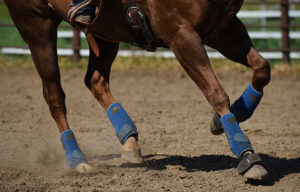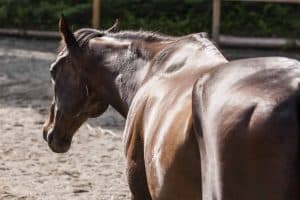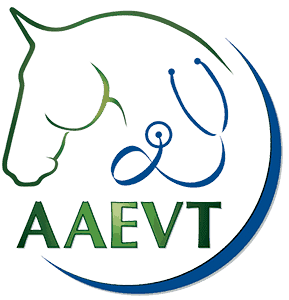How Does the Equine GI Tract Work?
How Does the Equine GI Tract Work?
Having a clear understanding of equine gastrointestinal (GI) tract structure and function maximizes an owner’s ability to recognize the wide array of digestive conditions that can threaten horse health. Anyone who has suffered through the roller coaster of colic or battled gastric ulcers in their horse knows the balance between GI clockwork and ticking time bomb is tenuous. Here’s a color-coded guide to how each region works to help your horse digest food and utilize the energy (calories) he needs to thrive.

What Could Go Wrong?
The intestinal tract’s massive length, volume, and continual change in diameter and direction put it at risk of several health conditions, including:
- Gastric ulcers Caused by splashing hydrochloric acid in the stomach’s squamous and glandular regions.
- Colic Abdominal pain due to intestinal twists, blockages (e.g., impactions), or even inflammation.
- Internal parasites Horses are most commonly affected by ascarid, small strongyle, and tapeworm infections.
- Diarrhea Causes include bacterial infections such as salmonella, diet changes, or stress.
- Hindgut acidosis A sudden decrease in pH can make the large intestine’s contents more acidic than normal, potentially causing ulceration and diarrhea.
Take-Home Message
Assess horses’ health daily, maintain a consistent forage-based diet, integrate feed changes slowly to allow the microorganisms in the GI tract to adapt to those alterations, and consult a veterinarian immediately if you discover any abnormalities.

Written by:
The Horse Staff
Related Articles
Stay on top of the most recent Horse Health news with















